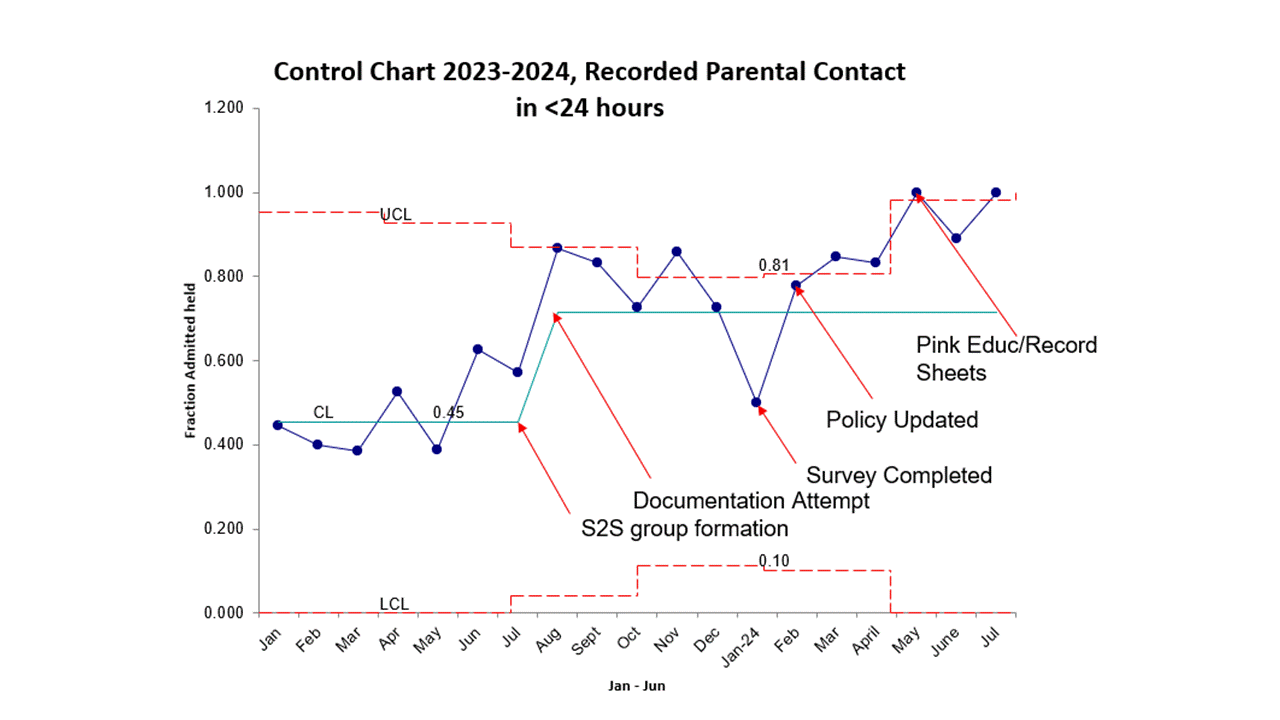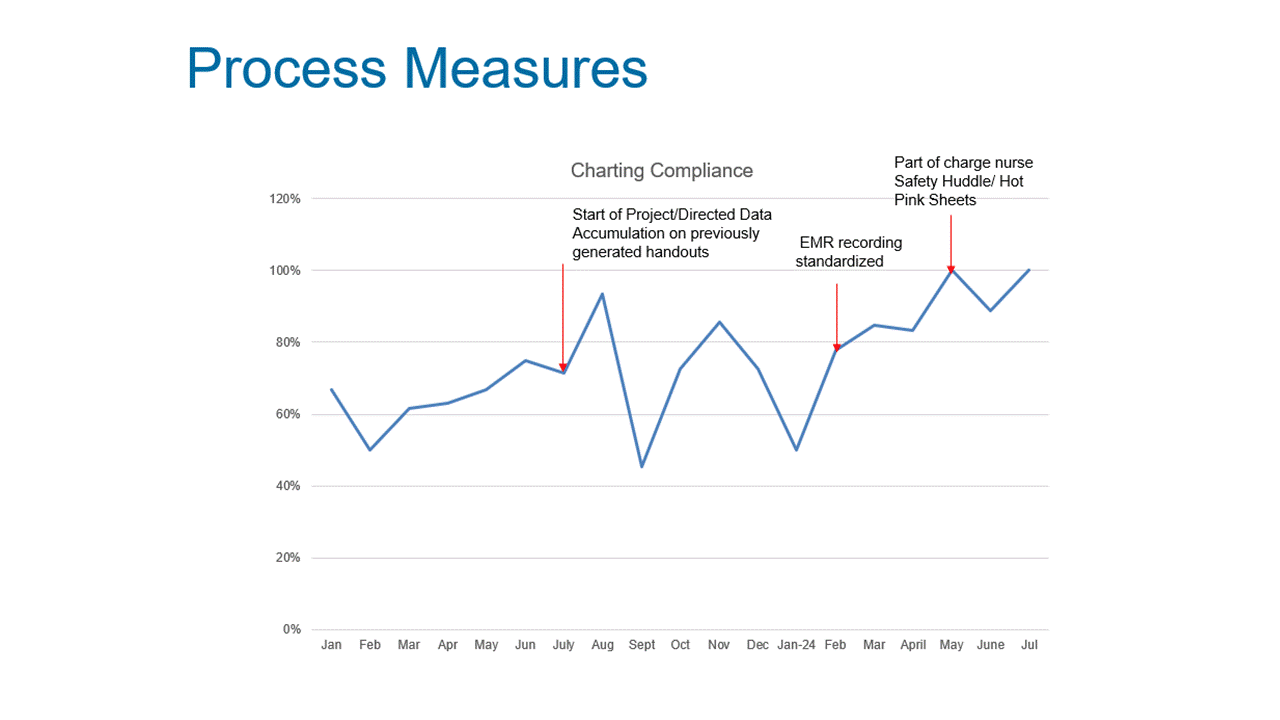Neonatal Quality Improvement 4
Session: Neonatal Quality Improvement 4
500 - A Quality Improvement Project to achieve Skin to Skin of all NICU infants within 24 hours of birth
Saturday, April 26, 2025
2:30pm - 4:45pm HST
Publication Number: 500.3958
Amy Lembeck, Childrens Hospital of Philadelphia, Newtown Square, PA, United States; Joanne Chiccarine, Jefferson Einstein Montgomery Hospital, Lansdale, PA, United States; Nana Addo, Jefferson Health- Einstein Montgomery Hospital, Norristown, PA, United States; Barbara Yatzun Hartman, Jefferson Einstein Montgomery Hospital, West Norriton, PA, United States; Elizabeth Detwiler, Jefferson Einstein Montgomery Hospital, NORRISTOWN, PA, United States; Melissa Hewitt, Childrens Hospital of Philadelphia (Jefferson Einstein Montgomery), Hatfield, PA, United States
- AL
Amy Lembeck, DO (she/her/hers)
Neonatologist
Childrens Hospital of Philadelphia
Newtown Square, Pennsylvania, United States
Presenting Author(s)
Background: The benefits of skin-to-skin care following delivery are well known to help stabilize an infant, improve thermoregulation, and increase breast feeding and bonding. NICU admission separates the parent-infant dyad with skin-to-skin care often getting missed or delayed several days following demonstration of stability.
Objective: Our group aimed to increase the number of infants achieving skin-to-skin within 24 hours of birth by 10% in 6 months following NICU admission.
Design/Methods: We are a community hospital, level three NICU with 1800 births and 200 NICU admissions annually. 6 months of baseline data were collected. Data included hours of life at first hold, type of hold (skin-to-skin, wrapped), birthweight, and gestational age. Appropriate documentation of first skin-to-skin served as a process measure. Several balancing measures included temperature instability, hypoglycemia, change in respiratory status and loss of access. Central lines, intubation and type of ventilator were noted if applicable. Parental morbidities that would impact skin-to-skin were noted. Infants admitted to the NICU after the first 4 hours of life were excluded as our hospital routinely practices skin-to-skin for the first hour for stable infants.
Our first PDSA cycle was standardizing documentation along with daily discussions of application as part of a nursing checklist. To address discomfort and variability in practice, one PDSA cycle included surveying providers (nurse, doctors, respiratory therapists, midwives) about their application of skin-to-skin. Using this information we updated our skin-to-skin policy, raised awareness, and provided education. Parental surveys also helped to address parental misinformation and concerns. Another PDSA cycle addressed difficult scenarios.
Results: Pre-interventions, 41% of our infants admitted to the NICU had achieve first hold within 24 hours of birth. Post several PDSA cycles, our control chart reached significance with a special cause signal shift with our new center line of 81% of infants achieving our goal ahead of our desired 6 months timeline. Charting compliance has reached >80% since initiation and no adverse events have been documented. Missed opportunities still occur at a rate of 1-2 infants a month. Special circumstances include a < 900g infant on JET and conventional ventilation and an intubated term infant on an oscillator.
Conclusion(s): By education and focus on practice barriers, our unit has demonstrated improved skin-to-skin for all infants within the first 24 hours of admission without evidence of detrimental effect as well as working toward special case success.
Driver Diagram
.gif) PDSA cycles designed from Primary Drivers
PDSA cycles designed from Primary DriversControl Chart

Process Measure- Charting Compliance



